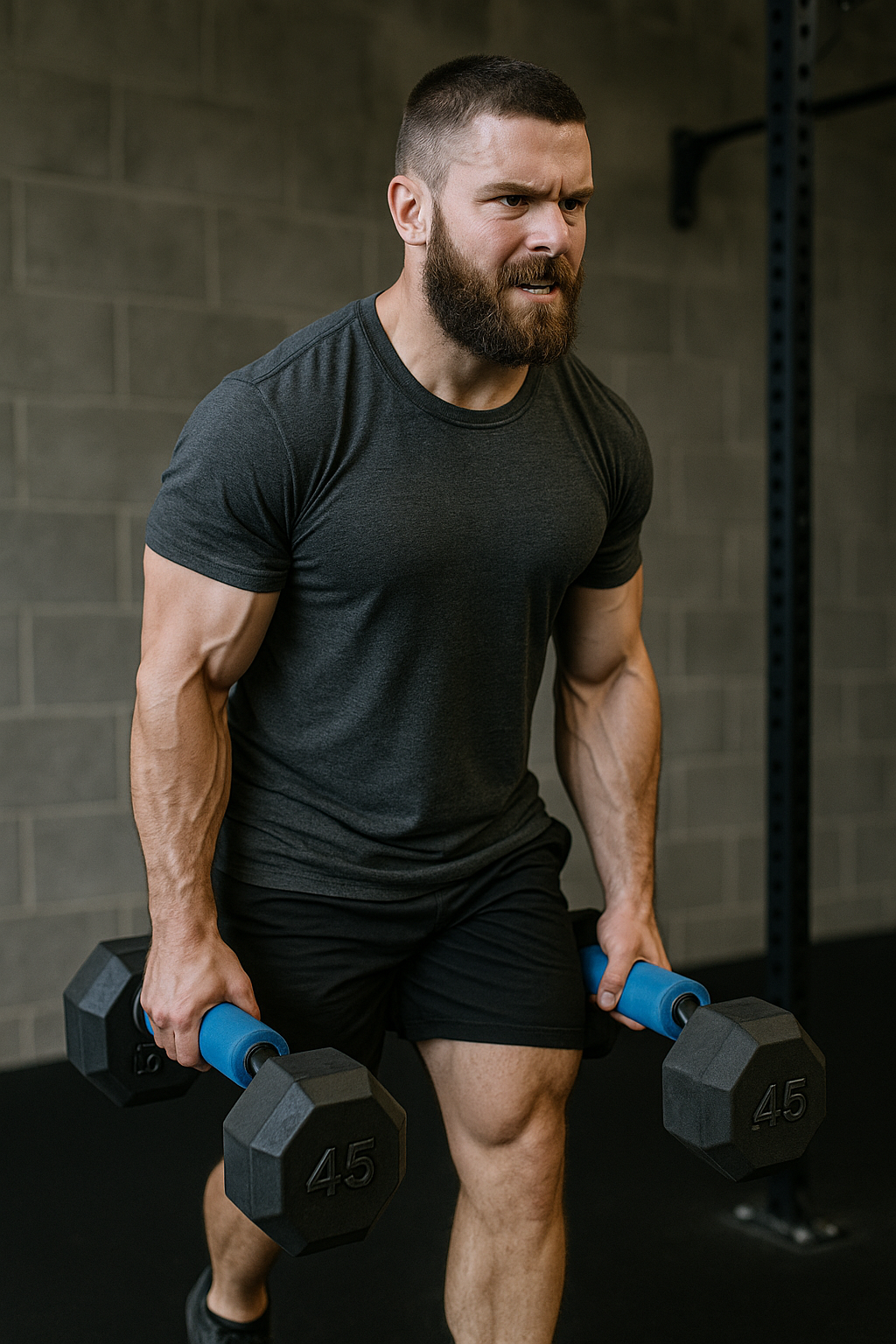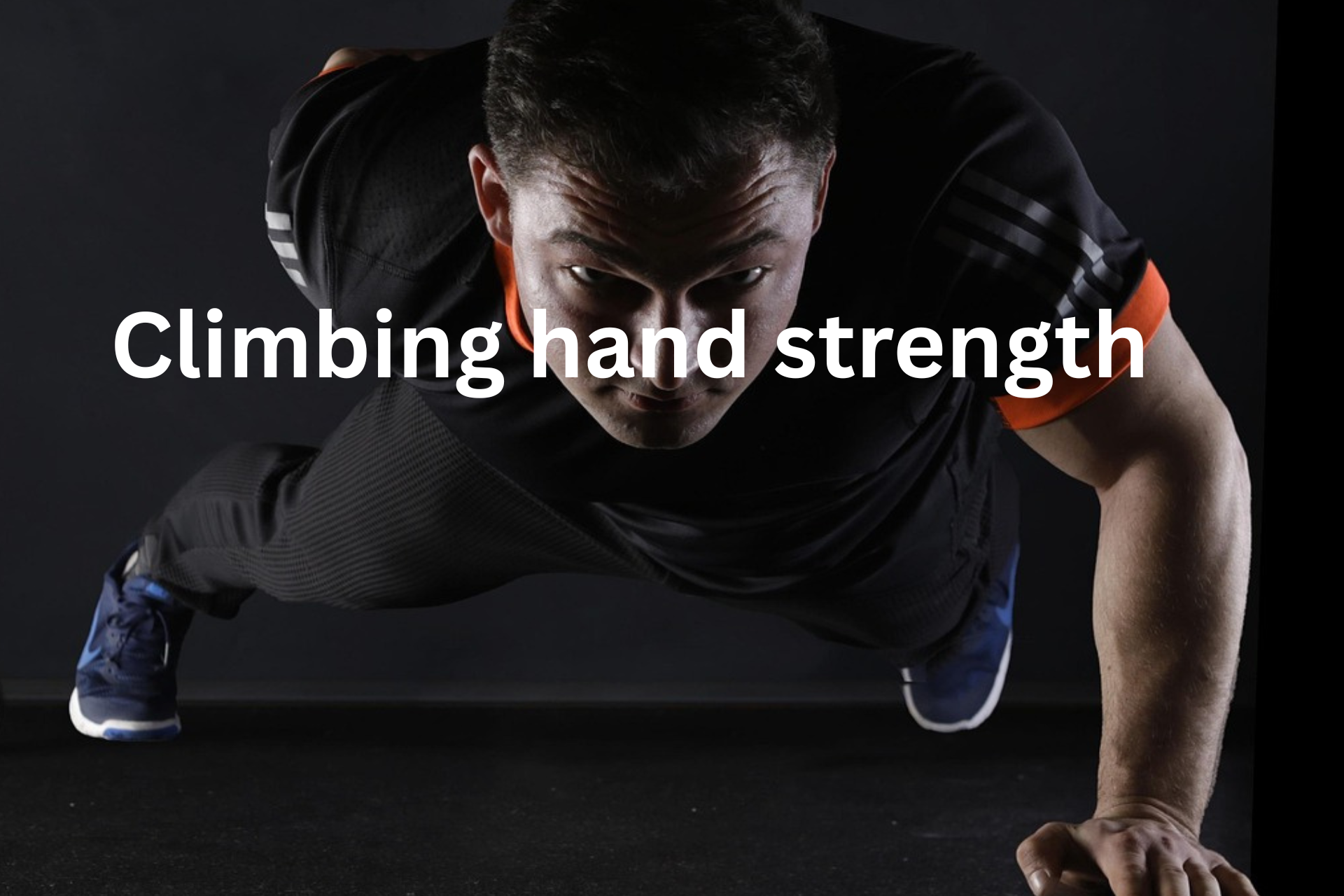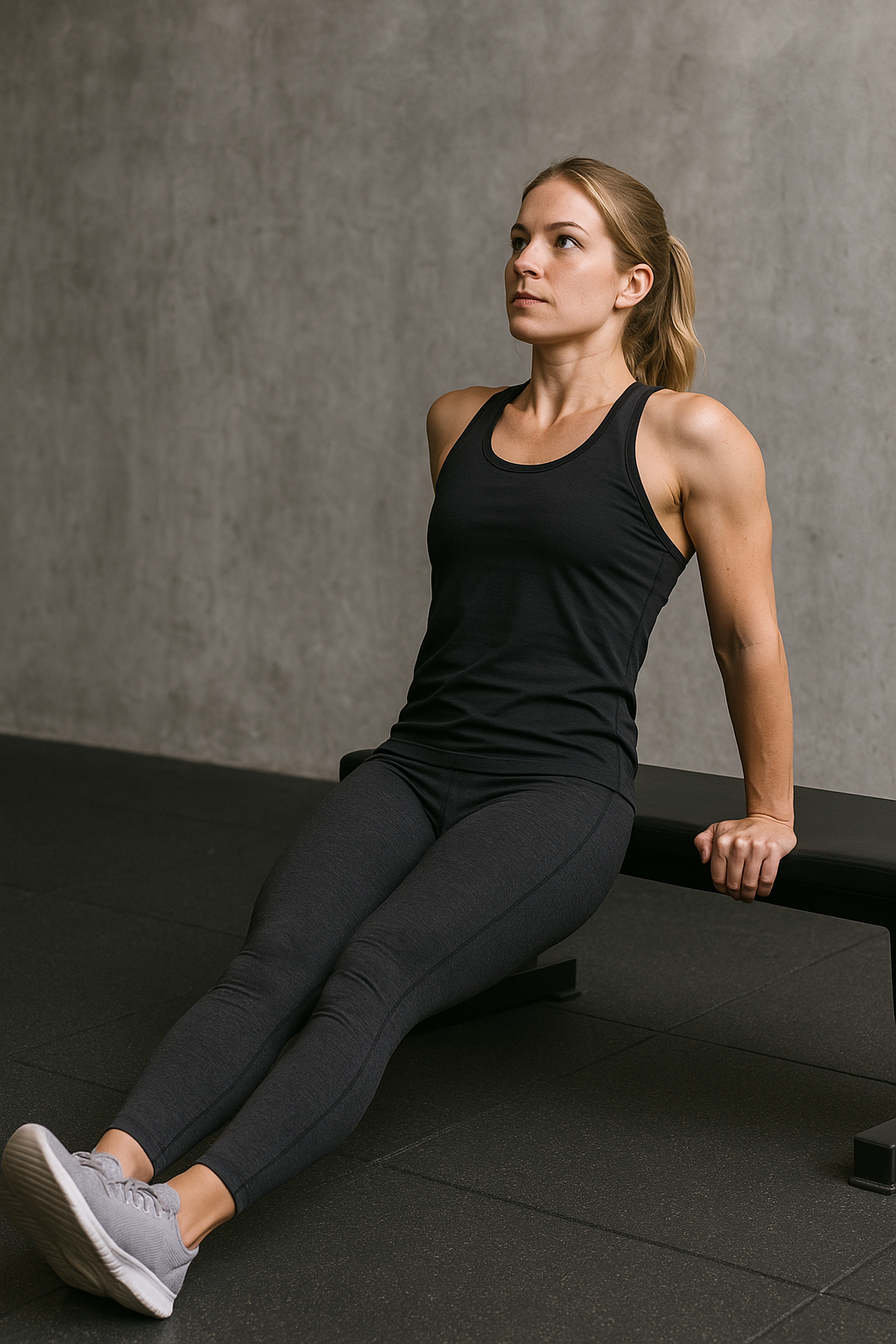Bodyweight training has surged in popularity, not just because it requires no equipment, but because it can sculpt incredible strength and control when done right. While many people associate bodyweight workouts with push-ups and planks, there exists a far more elite realm — one reserved for athletes who’ve mastered control, strength, balance, and endurance. We’re talking about the hardest bodyweight exercises — movements that challenge even elite gymnasts and calisthenics pros.
In this article, we’ll explore the top 10 hardest calisthenics moves, what makes them so challenging, and how you can build up to them. Whether you’re aiming for one-arm pull-ups or planches, this is your go-to guide for mastering advanced bodyweight exercises.
1. Planche
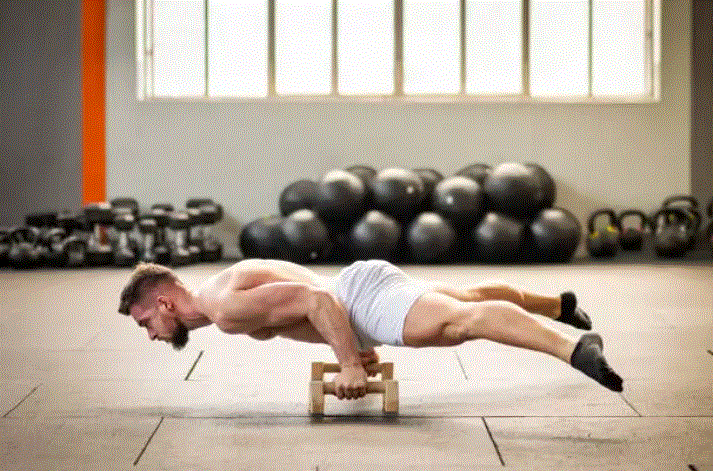
The planche is often considered the holy grail of bodyweight strength. In this move, your entire body is held parallel to the ground, supported only by your hands. No other body part touches the floor — it’s full-body levitation driven by brute strength and refined control.
Muscles worked:
Shoulders, chest, triceps, core, wrists, lower back
Why It’s So Hard:
To achieve the planche, you must generate immense straight-arm strength, a quality rarely trained in conventional workouts. Your shoulders and core must compress tightly to lift and hold your legs off the ground, while your wrists support your entire body.
Realistic Progression:
- Frog Stand (beginner balance)
- Tuck Planche (knees to chest)
- Advanced Tuck Planche
- Straddle Planche (legs apart for balance)
- Full Planche
Pro Tips:
- Start with parallettes for wrist comfort.
- Work on scapular protraction with banded drills.
- Core compression is more important than leg strength.
Common Mistakes:
- Letting hips sag or arching your back.
- Failing to engage scapula and lats.
2. Front Lever

The front lever is a horizontal hang on a bar where your body forms a straight line from head to toe. It’s a powerful display of core control and lat strength.
Muscles worked:
Lats, abs, rear delts, spinal erectors, glutes
Why It’s So Hard:
Unlike static hangs, you’re fighting gravity horizontally. Your lats and core must contract isometrically to prevent sagging, and your arms must remain locked straight for maximum leverage.
Realistic Progression:
- Tuck Lever
- Advanced Tuck Lever
- One-Leg Front Lever
- Straddle Lever
- Full Front Lever
Pro Tips:
- Do front lever raises from a dead hang to build strength.
- Focus on straight-arm scapular strength (SASS).
- Use resistance bands for assisted full levers.
Common Mistakes:
- Bending the elbows to cheat the hold.
- Allowing hips to drop.
3. One-Arm Pull-Up
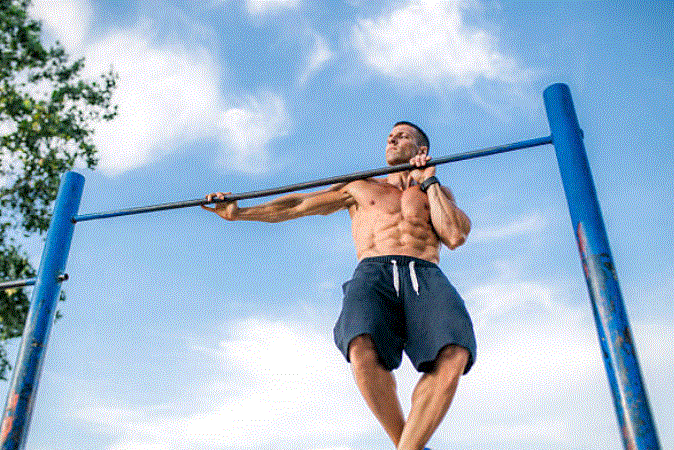
The one-arm pull-up is one of the most iconic calisthenics feats. Pulling your entire body upward with a single arm isn’t just about strength — it requires coordination, grip, and tendon durability.
Muscles worked:
Biceps, brachialis, lats, core, forearms
Why It’s So Hard:
There’s no room for imbalance. Your non-working side can’t assist or stabilize, and your pulling arm must do all the heavy lifting. Grip and shoulder alignment are crucial.
Realistic Progression:
- Mixed-grip pull-ups
- Archer pull-ups
- Assisted one-arm pull-ups (with band or towel)
- Negative one-arm pull-ups
- Full one-arm pull-up
Pro Tips:
- Train weighted pull-ups to build raw strength.
- Strengthen your core and anti-rotation capacity.
- Alternate sides each session to avoid overuse.
Common Mistakes:
- Over-relying on momentum.
- Flaring the elbow or twisting the torso.
4. Human Flag
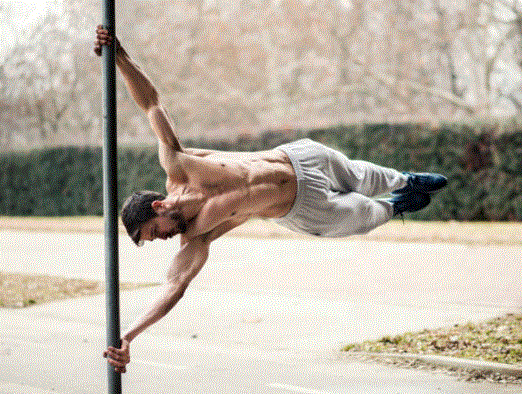
The human flag is a powerful hold where your body is horizontal while gripping a vertical pole — like a flag blowing in the wind. It’s both a crowd-pleaser and a test of elite lateral strength.
Muscles worked:
Lats, obliques, shoulders, core, grip
Why It’s So Hard:
It combines grip endurance, shoulder stability, and anti-lateral flexion of the core. The bottom arm pushes while the top arm pulls, creating massive torque throughout your torso.
Realistic Progression:
- Vertical Pole Holds
- Tuck Human Flag
- Straddle Human Flag
- Full Human Flag
Pro Tips:
- Use a sturdy pole or stall bars.
- Strengthen obliques with side planks and windshield wipers.
- Learn to balance push/pull forces between both arms.
Common Mistakes:
- Neglecting shoulder warm-up.
- Relying only on upper body without engaging core.
5. One-Arm Handstand

A one-arm handstand isn’t just strength — it’s grace, balance, and insane proprioception. Think of it as the handstand’s final boss level.
Muscles worked:
Deltoids, traps, triceps, wrist flexors, core
Why It’s So Hard:
Balancing on one arm requires micro-corrections through your fingers, shoulder, and even toes — upside down. Any shift in weight distribution can result in a fall.
Realistic Progression:
- Wall handstand
- Freestanding handstand
- Handstand shifting
- One-arm wall hold
- Full one-arm handstand
Pro Tips:
- Use fingertip pressure for micro-adjustments.
- Strengthen wrists to avoid injury.
- Practice consistently — progress is slow.
Common Mistakes:
- Collapsing shoulder girdle.
- Rushing into one-arm without mastering two-arm first.
6. V-Sit to Handstand
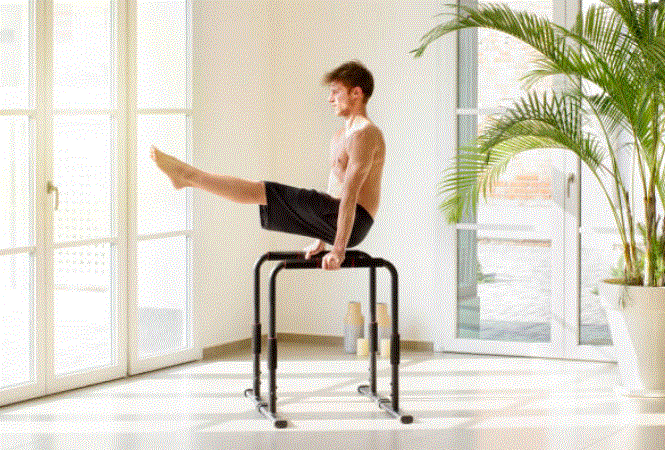
This dynamic move starts from a V-sit or L-sit and transitions explosively into a freestanding handstand — a display of full-body explosive control.
Muscles worked:
Core, shoulders, triceps, hip flexors
Why It’s So Hard:
You must compress your body into a compact shape, then explode vertically using straight-arm strength and momentum, all while maintaining balance.
Realistic Progression:
- L-sit on parallettes
- V-sit holds
- Tuck to handstand
- L-sit to handstand (assisted)
- V-sit to handstand (freestanding)
Pro Tips:
- Build compression strength with toes-to-bar.
- Use resistance bands for assisted lifts.
- Control the descent to avoid injury.
Common Mistakes:
- Kicking too hard and overbalancing.
- Ignoring shoulder mobility.
7. Back Lever
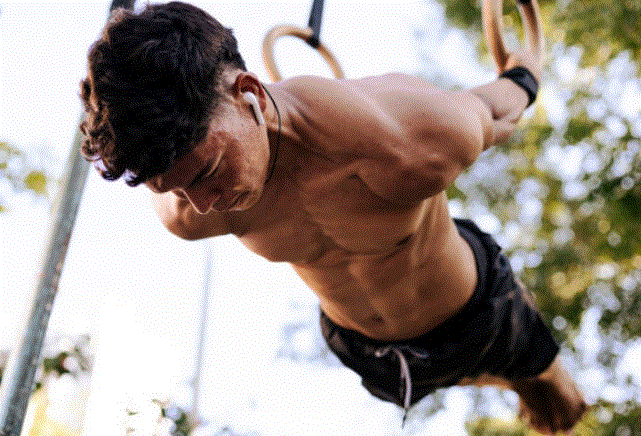
The back lever looks simple but is deceptive — it’s an intense shoulder stretch combined with isometric strength, hanging with your body parallel to the ground, face-down.
Muscles worked:
Shoulders, chest, biceps, spinal erectors
Why It’s So Hard:
You’re putting your shoulders into an extreme extension under tension. Most people lack the shoulder mobility and stability to even attempt this.
Realistic Progression:
- Skin-the-cat
- Tuck Back Lever
- Advanced Tuck
- Straddle Back Lever
- Full Back Lever
Pro Tips:
- Warm up shoulders thoroughly.
- Use resistance bands to deload.
- Focus on scapula retraction and bracing core.
Common Mistakes:
- Dropping into the position too fast.
- Letting hips drop and breaking line.
8. Wall-Assisted Tiger Bend

The tiger bend is essentially a freestanding transition from handstand to elbow stand and back. Think of it as an upside-down bodyweight skullcrusher.
Muscles worked:
Triceps, delts, traps, core, wrists
Why It’s So Hard:
Few exercises isolate the triceps under such unstable conditions. You must lower in a controlled fashion while resisting rotational force.
Realistic Progression:
- Pike push-ups
- Wall handstand push-ups
- Wall-assisted elbow lowers
- Partial tiger bends
- Freestanding tiger bend
Pro Tips:
- Strengthen triceps with close-grip push-ups and dips.
- Use wall support to build control.
- Control the eccentric phase carefully.
Common Mistakes:
- Dropping too fast on elbows.
- Flaring elbows too far out.
9. Manna
The manna is an extreme static hold where you lift your body into an overhead compressed position from an L-sit. It’s often seen in elite gymnastics.
Muscles worked:
Abs, hip flexors, triceps, shoulders, lower back
Why It’s So Hard:
It demands full-body compression, shoulder extension, and tricep strength. Your legs must come up and over your head while you support your entire body with your arms.
Realistic Progression:
- L-sit
- V-sit
- Tuck Manna
- Straddle Manna
- Full Manna
Pro Tips:
- Practice on parallettes for better wrist leverage.
- Stretch hamstrings and shoulders regularly.
- Use core compression drills like dragon flags.
Common Mistakes:
- Ignoring flexibility and expecting brute strength to compensate.
- Collapsing posture mid-hold.
Hardest Bodyweight Exercises Weekly Routine Table
| Day | Focus Area | Exercises (Progressions) | Sets x Reps / Time | Notes / Tips |
|---|---|---|---|---|
| Monday | Straight Arm Strength & Core | – Planche Progression (Tuck / Straddle / Full) – V-Sit to Handstand Drills – L-Sit Holds | 4 x 10–20 sec holds 3–5 reps (dynamic drills) | Warm up wrists & scapula. Focus on straight arm strength. |
| Tuesday | Pulling Power & Core Stability | – Front Lever Progression – One-Arm Pull-Up Progression – Hanging Leg Raises | 4 x 10–20 sec (lever) 5 x 2–5 reps (OAPU) | Use resistance bands if needed. Emphasize core engagement. |
| Wednesday | Active Recovery & Flexibility | – Shoulder Mobility Drills – Pancake Stretch – Deep Squat Holds | 3 x 30–60 sec per stretch | Important for injury prevention and planche/manna flexibility. |
| Thursday | Vertical Push & Balance | – Wall Handstand Holds – Handstand Shifting Drills – One-Arm Handstand Practice | 5 x 30 sec (wall) 5 x 3–5 shifts | Focus on balance and alignment. Film practice for feedback. |
| Friday | Dynamic & Explosive Power | – V-Sit to Handstand Attempts – Tiger Bends (Wall-assisted) – Jumping Dips | 3–5 sets of 3–6 reps | Work on speed and body control. Don’t rush tiger bend descent. |
| Saturday | Full Body Static & Skill Work | – Back Lever Progression – Human Flag (Tuck / Straddle / Full) – Manna Attempts | 4 x 10–20 sec hold 3–5 attempts per skill | Combine isometric holds. Use stall bars for human flag work. |
| Sunday | Rest or Active Recovery | – Light mobility – Deep breathing – Walking or swimming | Optional | Active rest helps tendon recovery and CNS reset. |
Weekly Focus Goals
- 2 Days: Straight arm strength (planche, levers)
- 2 Days: Pulling strength (one-arm pull-up, core)
- 2 Days: Skill, balance, dynamic (handstands, V-sit transitions)
- 1 Day: Full rest or active recovery
- Deload every 4-6 weeks by reducing intensity by 40–50%.
How to Use This Routine
- Rotate through easier or harder progressions based on your level.
- Keep a skill journal to track lever/planche hold times and reps.
How to Train for the Hardest Bodyweight Exercises
If you’re aiming to master these movements, follow these training tips:
- Progressive overload: Start with easier versions and gradually increase the difficulty.
- Train full-body: Core, shoulders, and grip strength are key.
- Be consistent: These skills often take months or even years to build.
- Prioritize recovery: Intense isometric and eccentric training can lead to overuse injuries.
- Use video feedback: Perfect form is crucial to progressing safely.
Best Equipment for Bodyweight Strength Training (Optional)
While you can train most of these without any tools, minimal equipment can boost your results:
- Gymnastic rings: Adds instability to basic movements like dips and push-ups.
- Pull-up bar: Essential for front levers and muscle-ups.
- Parallettes: Useful for planche and L-sit progressions.
- Resistance bands: Helps with assisted progressions (especially pull-ups and levers).
Conclusion: Go Beyond Basic Bodyweight Workouts
If you’re looking for the most difficult bodyweight exercises, the list above provides the ultimate benchmark for strength, control, and athleticism. Whether you’re a calisthenics athlete, gymnast, or just someone wanting a challenge beyond the gym, these hardest calisthenics moves offer a journey of progress and mental toughness.
Start with where you are, focus on small milestones, and soon, what once seemed impossible will be part of your everyday training.

